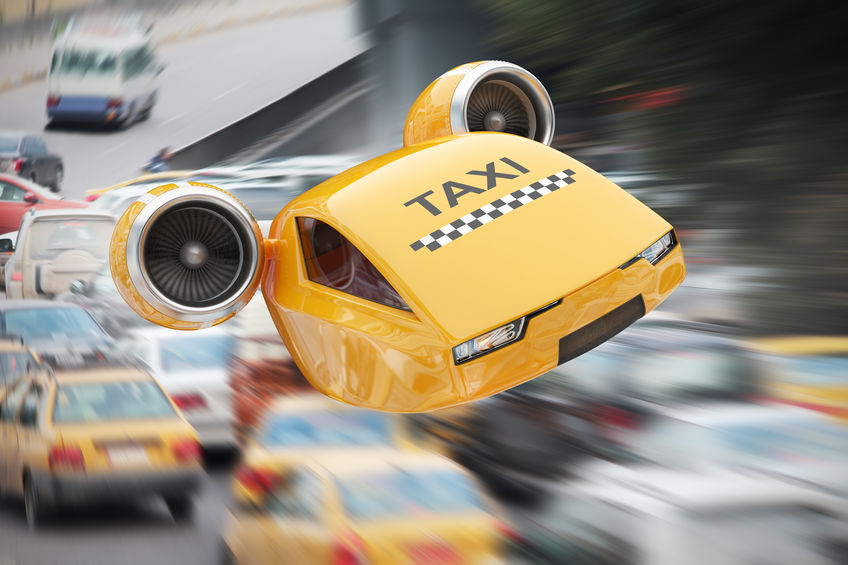Taking a taxi uptown may take on a whole new dimension in the near future. That is because your future taxi may literally lift you right up in the air to get you where you’re going.
This, according to a recent article in the Economist, which notes such vehicles “variously described as flying taxis, passenger drones or, as the industry terms them, urban air mobility (UAM) vehicles … are at various stages of development around the world … Some prototypes are already carrying out test flights and operators hope to begin commercial services within the next few years.”
Among those companies exploring the idea of shuttling customers aerially include:
- Volocopter – a German firm that recently developed an 18 motor rotor aircraft called “VoloCity” that is being tested in numerous urban areas including Dubai.
- Lilium – another German firm that created a taxi that has 36 electrically powered fan jets to give it a vertical liftoff and landing and is also capable of carrying five passengers over 300 kilometers in an hour.
- Kitty Hawk – a firm that has teamed up with Boeing to develop “Cora” — a two-seater that uses 12 lifting rotors on a fixed wing and is pushed along by a rear-mounted propeller having a range of about 100km.
As you might expect, Uber is also very interested in these and other potential vehicles to expand its services in major metropolitan areas. In fact, it is already exploring where to possibly site “vertiports” – staging areas that can serve as launch pads where passengers can be picked up and dropped off as well as batteries recharged.
Perhaps the biggest obstacles for flying taxis, however, are not technological but regulatory in nature.
Most cities have no plans in place regarding how to supervise air traffic of this sort, and it is likely many folks will complain about the buzzing and noise coming from overhead. One can almost see lawsuits sprouting up overnight.
Nevertheless, developers of air taxis remain optimistic about their future. They foresee a time when getting a “lift” from a taxi might actually be something literal, and not just a figure of speech.
To read the entire article in the Economist, click here.
